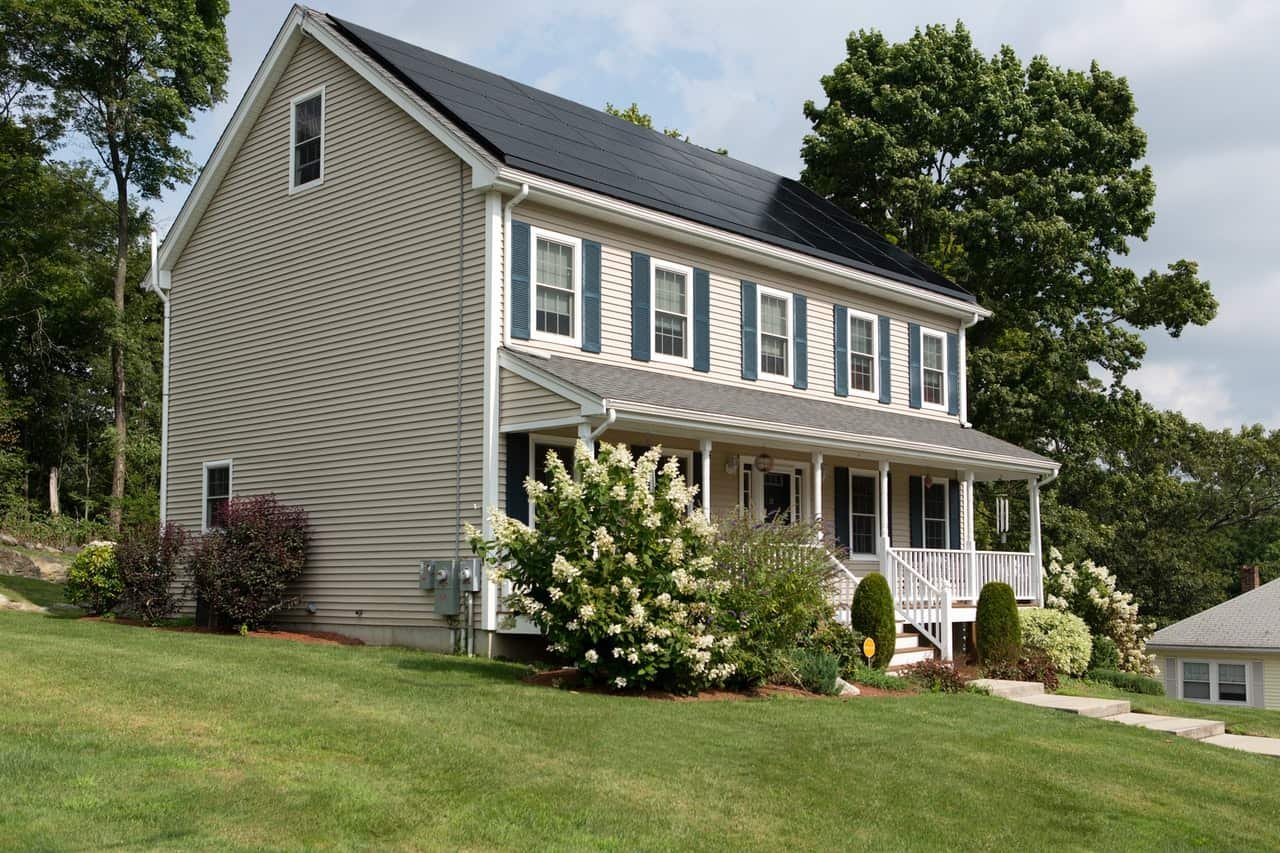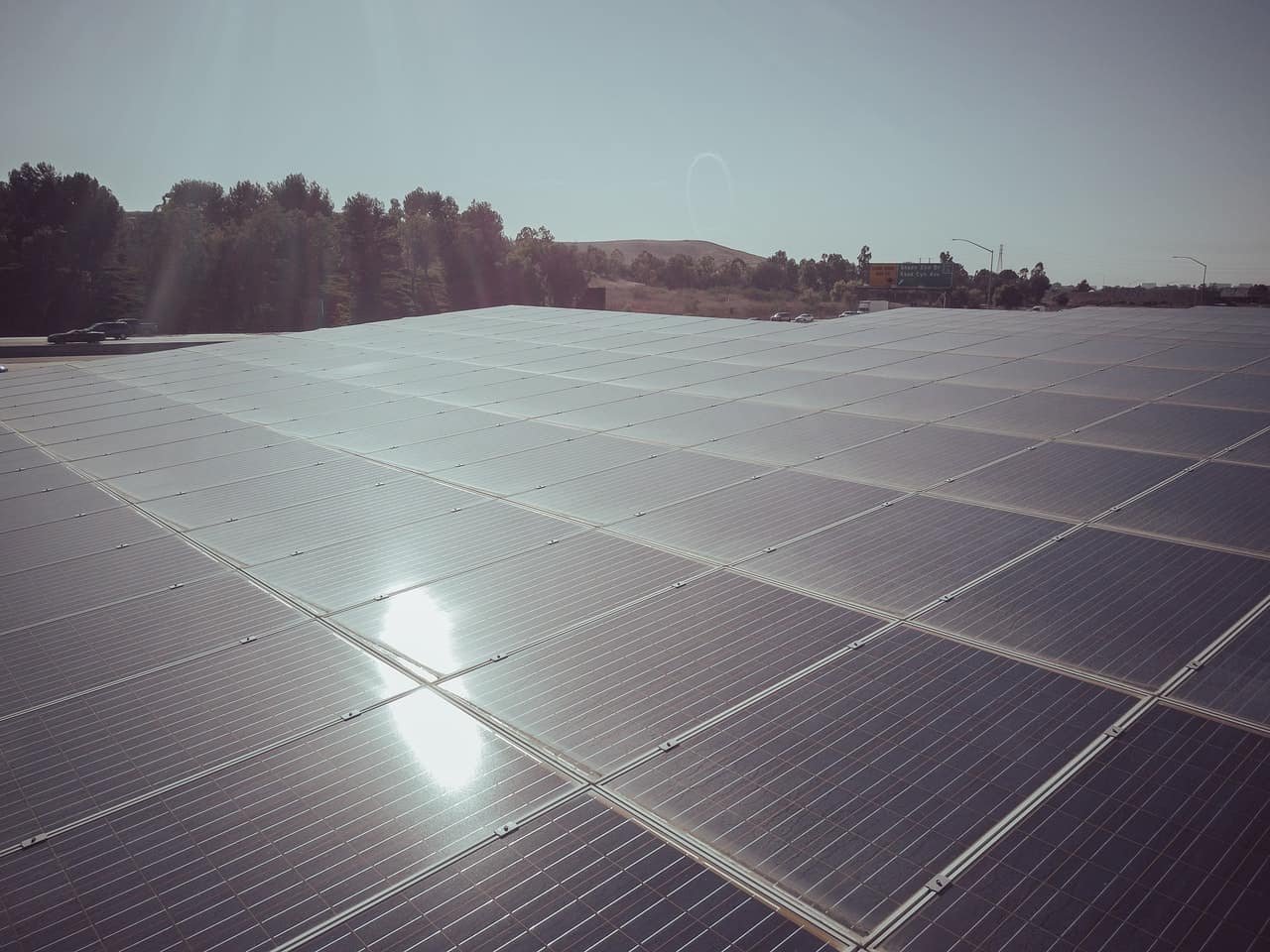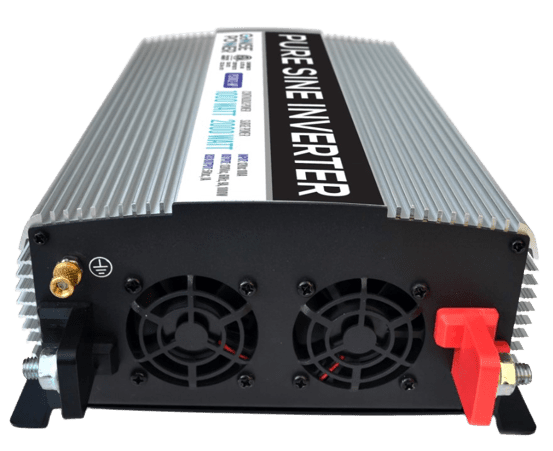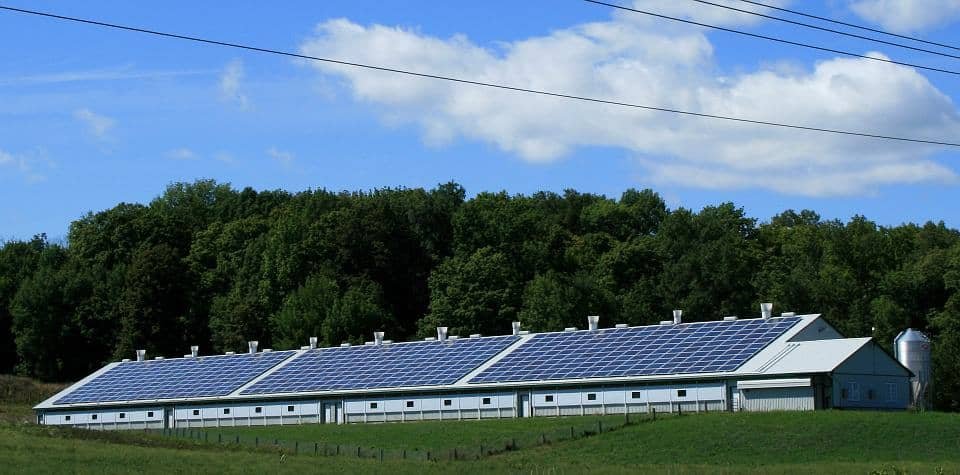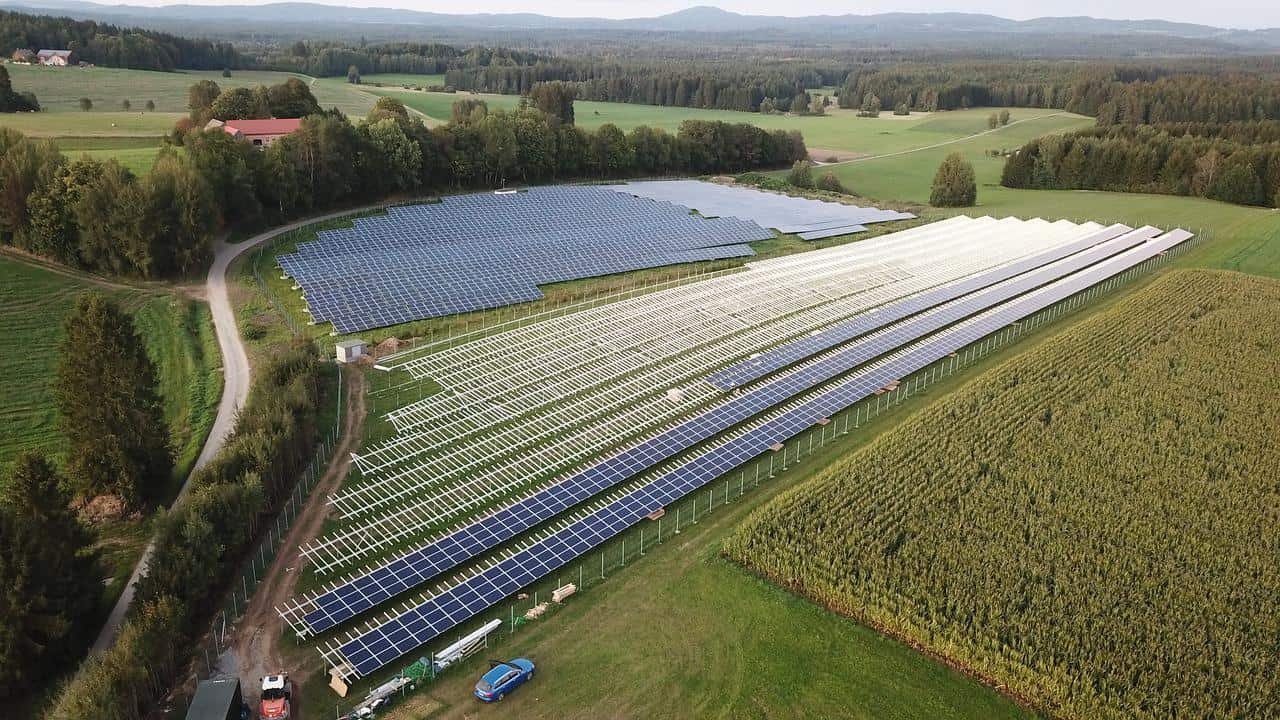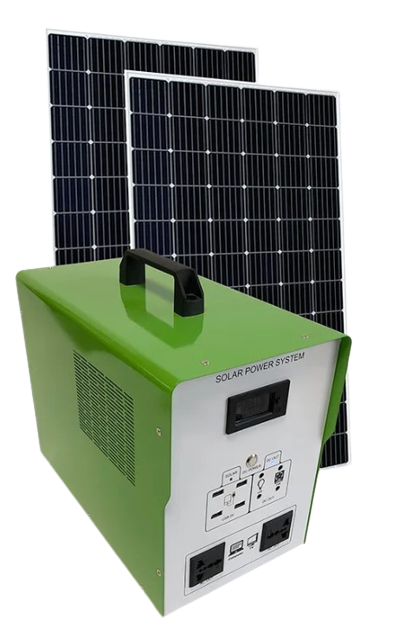The solar power system is one of the most abundant renewable energy sources available to us, and it’s also one of the most cost-effective. The average solar panel costs less than half what it did seven years ago.
Moreover, solar photovoltaic (PV) systems can now produce more electricity per square foot than ever. And with recent technological innovations making solar panels more efficient than ever, using solar energy to power your home is now a real possibility.
But can solar panels power a whole house? Maybe not in one go – but with the proper setup, it is possible to get most or all of your energy from solar panels instead of the usual grid supply.
Here’s everything you need to know about whether you can use solar panels to power your home and give you an idea if they can provide power to your place. Keep reading this article to learn more, and look at the goal of using solar energy to power your entire house.
How Does Solar Energy Work?
Solar energy is one of the most popular forms of renewable energy. Solar energy can power houses, businesses, and even entire cities. But how does solar energy work? Solar panels are photovoltaic cells that convert sunlight into electricity.
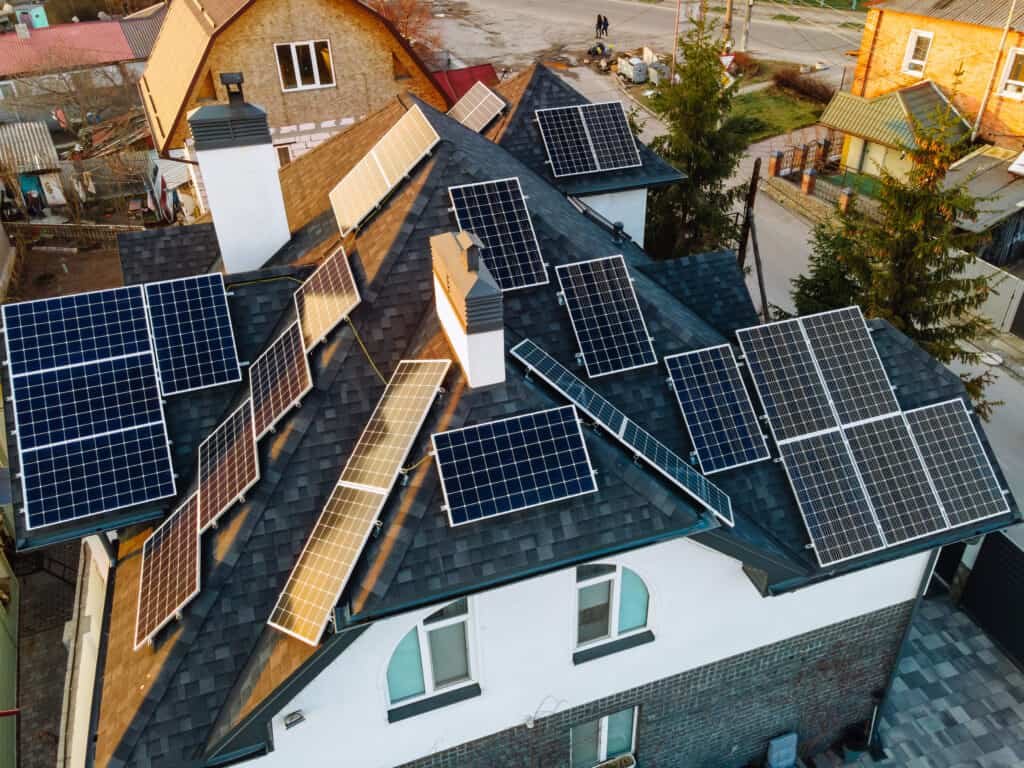
You can use solar panels’ electricity to power lights, appliances, and entire buildings. When these photons break electrons away from their atomic bonds, they free them to move about and create an electrical current.
The United States Solar Technologies Office states that, in an hour and a half, enough sunlight strikes the Earth’s surface to meet the world’s entire yearlong demand.
As a homeowner, you can lower your carbon footprint and lock in long-term electricity savings if you have the right type of roof and can afford the upfront investment in solar panels and a storage battery. In this case, solar panels can also heat water, making them a highly versatile form of renewable energy.
The usage of solar panels is a clean and renewable resource that can be used to power devices, products, and homes without harming the environment. Solar panels have no moving parts, producing no pollution or emissions. They are also very efficient, converting sunlight into electricity with little waste.
Can I Run My Whole House on Solar Energy?
There are several advantages to using a solar energy system with energy storage. A modern solar energy setup can generate all the electricity you need. In other words, solar panels and batteries are more economical than ever to generate all the power you need for your entire house.
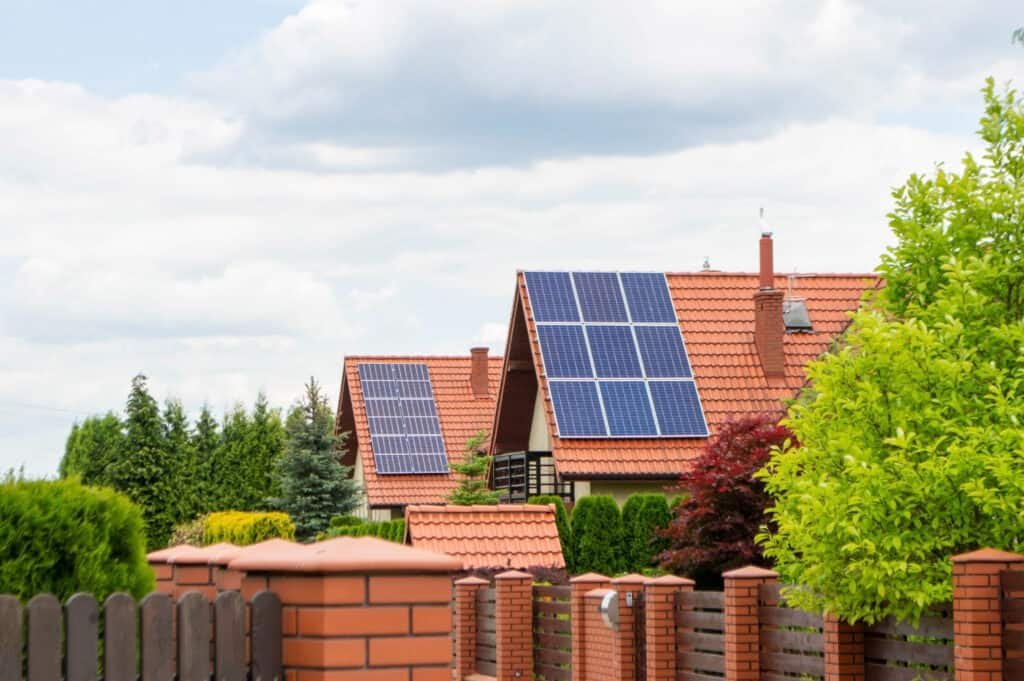
Residential and commercial solar energy use was every day two decades ago, lowering solar panel system and installation costs.
Although things like rebates, tax credits from local and federal governments, and utility company incentives continue to decline, solar energy costs have dropped dramatically over the last two decades.
Solar energy’s broader national and global adoption and rapid technological advancement have contributed to the cost reduction. To assess the cost-effectiveness and other feasibility factors for operating a solar-powered house, start with these preliminary fundamental considerations to give you information:
Evaluate Your Climate Regions Solar Energy Production Capacity
You must assess whether your climate has enough electricity production to power your entire house year-round to determine whether you reside in the right location. Your climate’s ability to have enough solar energy to power your whole home continuously is what matters.
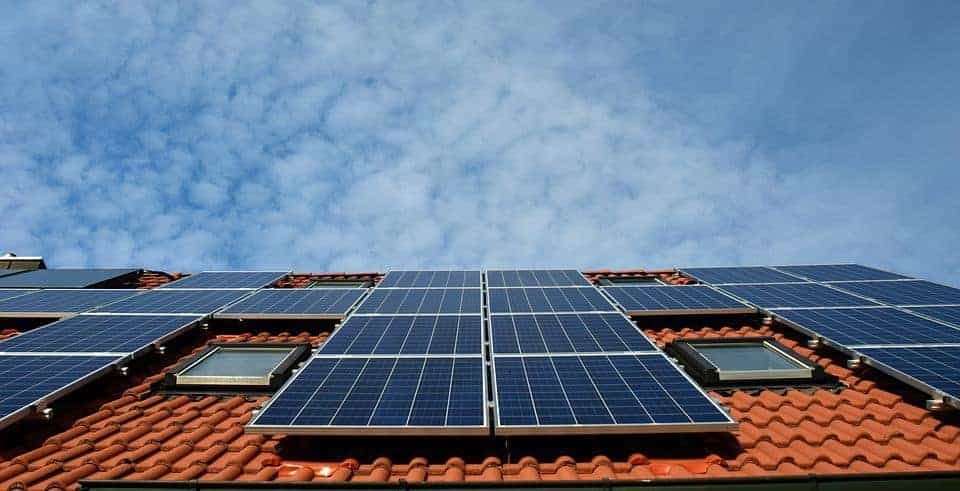
The northwest Pacific coast might be challenging to live in if you want to rely exclusively on solar energy during the winter. There is a difference in the amount of direct sunlight and cloudy weather that residents in different states experience.
Even when it’s cloudy, solar panels still produce electricity at a slower rate. In addition to climatic differences, your home and lifestyle variables may impact whether you can operate without relying on utility electricity or at least some of it.
Assess Your Solar Production Environment Based on Your Home’s Surroundings
To calculate how much solar energy is needed to run your entire house on 100% solar power, you must know how much electricity you use on average monthly.
This data is necessary so that your solar contractor can determine the amount of power your panels must produce to run your entire house every month. The amount of electricity used and paid can both vary throughout the year.
State-of-the-art residential solar battery storage systems can help you store extra electricity your solar panels produce for later use on more extended, sunnier days. During less sunny times, the solar batteries provide you with all the electricity you need to operate your home without drawing from the public electrical grid.
How Can Solar Energy Power Your Whole House?
Solar energy can power your house by providing electricity to run all of your appliances and lights. Every home is unique, and each one requires a unique number of solar panels to convert the sun’s energy into the energy you can utilize to power your home.
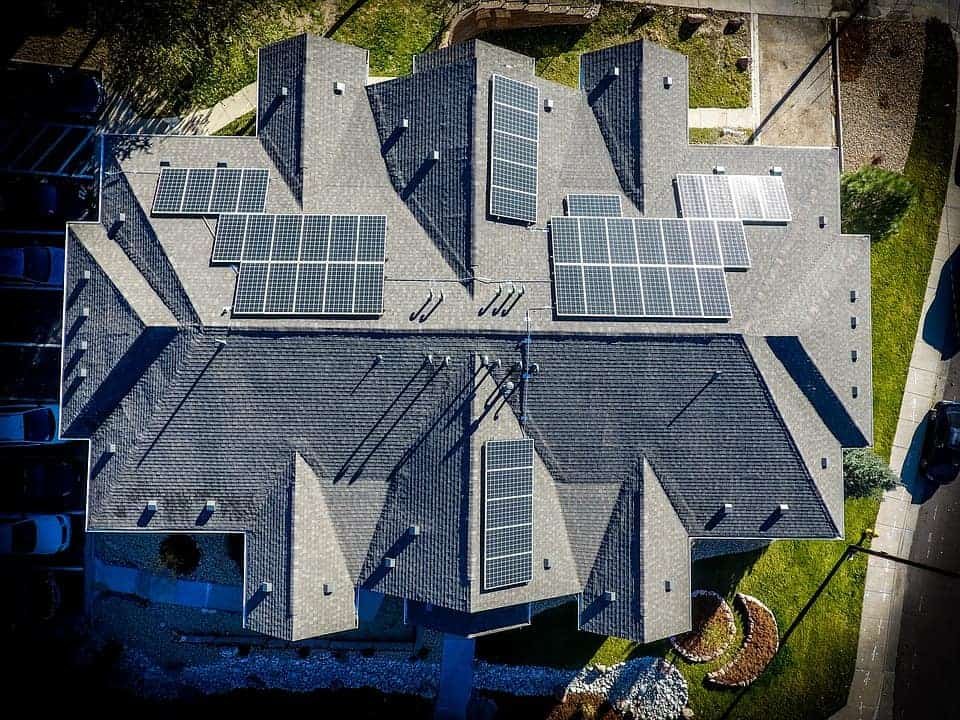
Solar panels at the cliff’s edge seize whatever sun they can to power electronic devices. An inverter converts this DC power into AC power (which we utilize to power electronic devices). Some systems store and use extra electricity in battery form for those who want to be perpetually powered by the sun’s rays.
Assess Your Solar Production Environment Based on Your Home’s Surroundings
The number and location of prominent trees surrounding and near your house, as well as the heights of nearby homes and other structures, can have a significant impact on the performance of your solar energy system.
If shade from these structures covers your roof for more than a third of the day, your solar energy system will produce significantly less energy.
The Falling Price of Solar Energy
One of the most significant benefits of solar power is its many advantages, including lessening greenhouse gas emissions and boosting house values by an average of $15,000. Solar energy attracts people for its numerous benefits, including lowering greenhouse gas emissions and increasing house values by an average of $15,000.
Solar panels have become common on residential and business rooftops in Texas due to their lower costs. Solar prices have fallen in Texas.
More than 350,000 residences and businesses equipped themselves with solar panels in 2014. This statistic has increased as a result of cheaper solar energy production.
Solar costs in the United States have dropped by 70% from 2009 to 2019, which has expanded demand. In response, interest in residential solar panels and solar power, in general, has increased dramatically.
How Many Solar Panels Are Needed To Power My Home?
The average household consumes 10, 400-kilowatt-hours of electricity annually in the U.S. You would need between 28 and 34 solar panels to generate enough energy to power your entire home if you installed a 250-watt solar panel.
It’s up to you to decide how many solar panels you need to produce enough electricity in order to meet your daily needs, taking into account how much sunlight your house receives, the size of your solar array, and the power rating of your solar panels (how many watts of power they generate).
However, there are concerns about solar panel installation. It is a highly individualized process that drives the cost and is automatically connected to your home as part of the traditional utility grid. Here are three steps to help you determine whether solar panels are a good fit for you and your utilities:
1. Solar Panel Power Rating: Convert Watts )To Kilowatts
The wattage of a solar panel is a measurement of its energy generation (Byrne, 2015). Today, solar panels have power outputs from 250 to 400 watts. They generate 250-400 watts of electricity per hour during peak conditions.
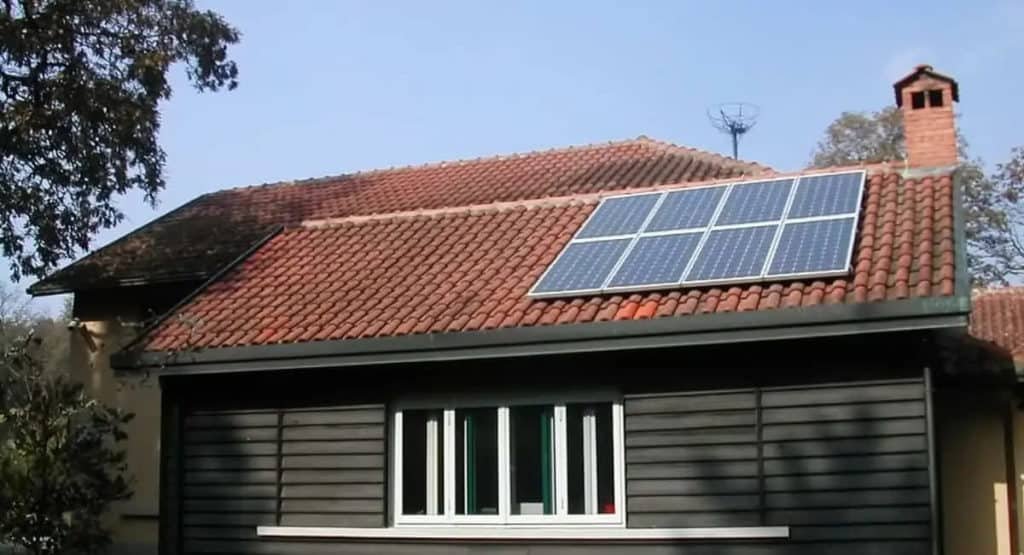
However, we want to convert it into kilowatts (kW) to make it easier for you to compare it to your electricity use. A typical residential panel has an output of between 0.25 and 0.40 kW for 1000 watts.
2. Estimate Hours of Sunlight
Estimating your solar panels’ daily output requires you to determine how many hours of sunshine they’ll receive per day (or if they’re still functional on overcast days, how much energy they’ll generate). You can determine this by estimating how many hours of sunlight your panels will receive per day (or how much energy they’ll produce on cloudy days).
Then calculate the daily output of your solar panels. It is possible to estimate how much energy your panels will produce on a day-by-day basis using various available resources.
The Project Sunroof tool from Google, for example, can provide an estimate of your potential savings and environmental impact as well as current scientific data. Before recommending what solar system you should install and how many panels you purchase, companies will conduct a sunlight assessment on your home.
Calculations of the Number of Panels You’ll Need
Use the formula provided to determine how many solar panels you need to meet your energy needs. Grab your electricity bill to determine how much power your house used last month.
Your home’s daily electricity needs in kilowatt-hours divided by the rating of your solar panels in kilowatts times the average number of hours of sun exposure per day. For example, if your house consumes 30 kilowatts of electricity daily and you want to purchase 320-watt solar panels (0.32 kilowatts).
On average, you usually receive four hours of direct sunlight per day, so you will need 23 of it to power your home.
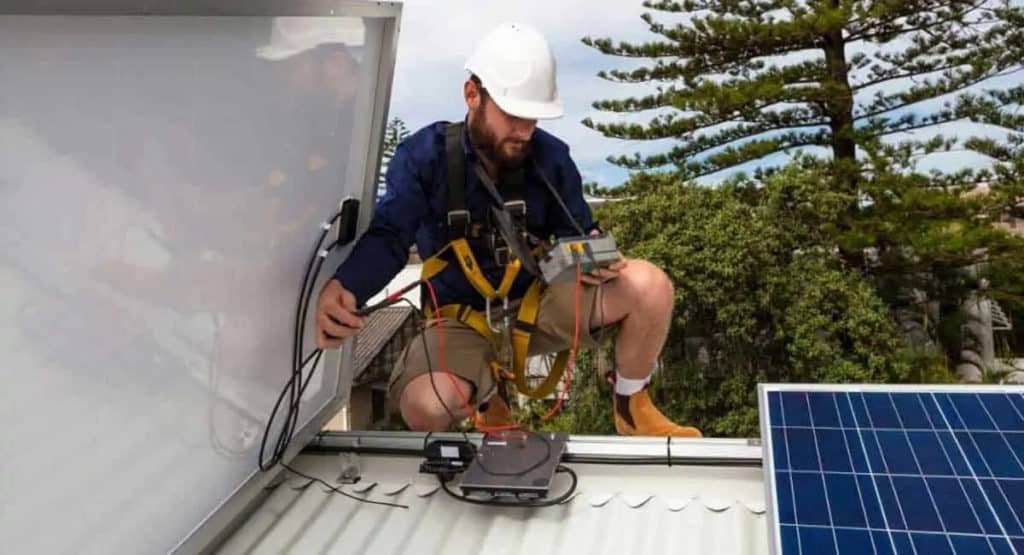
Refer to this equation:
30 / (0.32 x 4) = 23.4
Of course, this is just a specific number of panels required to power your home. Your electricity needs and other variables will determine how many panels you need.
If you have a smaller roof or your home receives fewer hours of sunlight daily, you may purchase panels with a higher power rating to produce more electricity per hour.
How Much Will It Cost To Install Solar Panels at My Home?
Installing solar panels can cost more than $10,000, even after a 30% federal tax credit. Solar panels are expensive, even before you consider that it is difficult for many to envision relying exclusively on them to power their homes.
Your solar panels should last over 20–30 years. During this time, you will recoup the cost of installing them through government tax incentives and exemptions.
There may be a buy-back program in your state to look into. Even before you consider that Texas energy providers usually sell electricity for less than residential providers, installing solar panels is pricey. In the future, solar panels will become cheaper and more productive.
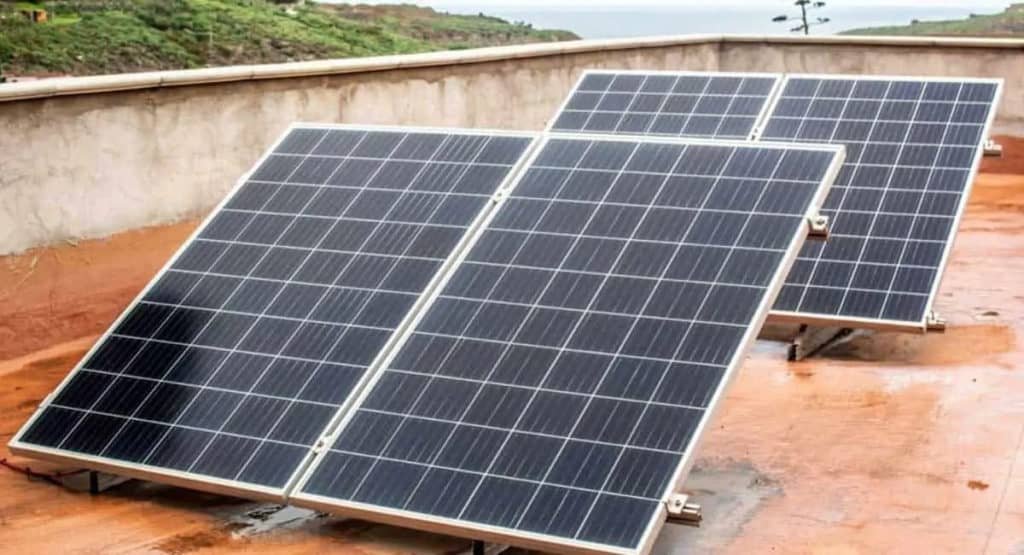
There is no doubt, however, that most homeowners currently using solar panels don’t rely on them as their sole energy source. Instead, a process known as net metering (NEM) generates residential energy in conjunction with utility bills.
Net metering allows people to reduce their electricity bills while becoming more environmentally friendly. Households use a home power meter to record the amount of electricity their solar panels create and the amount of electricity they consume.
Every month or year, the household pays for the net amount of electricity it uses and the electricity its solar panels produce. As a result, utility companies may reward the most energy-conscious families.
Although operating a self-sufficient, off-grid solar panel system remains challenging, you may use green energy to power your home in other ways.
Conclusion
Solar panels can provide power for a whole house, but it depends on how much power is required and how sunny it is. It can provide enough power for a small home in a sunny area and you may also save our planet. The popularity of solar panels has increased in the last few years.
This is because solar panels are now an incredibly affordable and easy way to harness the sun’s power. Solar panels may not provide enough power if a home requires more power or is in a shady area.
Purchase quality equipment from a reputable supplier or installer to ensure that their solar system investment lasts as long as possible. They will also answer your questions regarding the unit that you want to buy.
FAQ
Can solar power run an air conditioner?
The answer is that solar power can theoretically run an air conditioner, but it is not a practical solution. Solar power is intermittent and unreliable, so it would not be able to provide a consistent power supply to an air conditioner.
Even if solar power could provide a constant power supply, it would not be able to meet the high power demands of an air conditioner.
Is it possible to power a household entirely with solar power?
Solar power is a renewable resource that can generate electricity consumption for a home. Solar panels convert sunlight into electrical energy used to power appliances and lights. A household can be powered entirely by solar power if enough panels are installed to generate enough electricity.
Do you save money with solar panels?
Solar panels are a great way to save money on your energy bill and increase the value of your home. They are a long-term investment that will pay for themselves many times over. Solar panels are also environmentally friendly, so you can feel good about using them.
